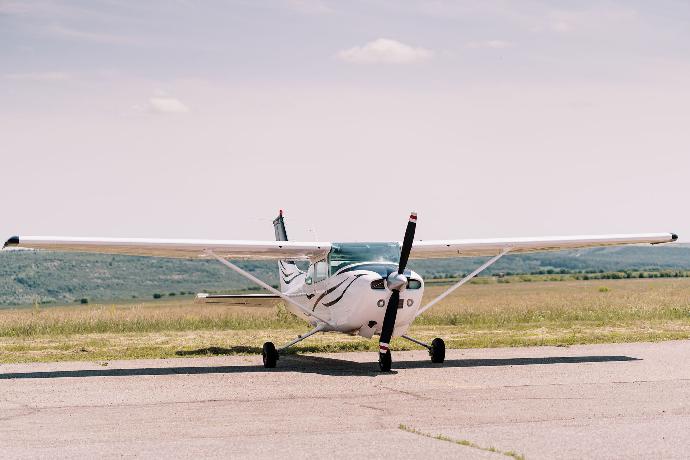Autonomous Aircraft and Self-Flying Planes

The more people are aware of how autonomous current airplanes are, the more appealing the idea of self-flying aircraft is. Modern aircraft can automatically carry out a flight plan that was designed by pilots, therefore one may consider them to be self-flying. These aircraft, however, are incapable of independent thought and will adhere to the flight plan unless it is modified. For instance, you might be on a self-flying plane if the pilots remove the seatbelt indicator. Given these details and the number of daily successful flights, the idea of autonomous aircraft begins to sound like a secure, workable innovation. When the commercial aircraft is still on the ground, the pilot enters the flight plan into the flight management system (FMS).
This autopilot is typically turned on by the pilots shortly after takeoff. Ordinarily, the autopilot is activated up until a few minutes before landing. This may not always be the case, though. If the aircraft and runway are approved for autonomous landings, the plane can navigate itself to a safe, smooth landing in low visibility. The job of a pilot is to control turbulence, diversions, and other dangerous conditions. They serve as a safety feature in the cockpit, keeping an eye on what is going on with the aircraft. For example, the pilots are responsible for making sure the autopilot maintains course; if it malfunctions, they must take control. We can't yet claim that the automobile business has won the autonomous vehicle race over the aviation industry. There are various categories for autonomous vehicles, just like in the auto business. So, it would be crucial to know how close the technology is to producing secure, fully autonomous aircraft. Let's shed some light on the frequently hidden autonomous developments occurring in the aerospace sector.
Despite having a high degree of automation, self-flying aircraft still require two skilled pilots. Modern autopilot systems are built to carry out commands from the computer of the pilot or flight director. At cruising altitudes, the autopilot maintains a plane on a predetermined course. Even climbs, descents, and turns can be commanded of it. It is possible to envision the autopilot traveling along an airway, which is an elusive road. Planes are unlikely to run into birds or other impediments while cruising. There is no need to allow the autopilot to travel freely as a result. Future airplanes won't just be partially automated; they'll be completely self-sufficient, doing away with the necessity for a pilot.
Urban air mobility is one of the primary uses for autonomous aircraft. These self-driving flying taxis, so to speak, have the potential to transform shipping and personal transport in large cities by alleviating congestion and enhancing security. But creating these autonomous aircraft to fly in such a crowded environment presents engineering challenges that are far more difficult to solve than those addressed by the development of contemporary autopilot systems. Beyond flying a predetermined path, autonomous aircraft will need to safely complete three extremely crucial tasks in order to operate in an urban environment:
Taking off and landing without a runway.
Looking for obstructions (such as vehicles, buildings, and birds).
Modifying course to deal with unforeseen circumstances (such as wind gusts, engine failures, and obstacles).
Sensors, embedded software, and artificial intelligence (AI) systems are necessary for this level of autonomy in order to continuously identify harmful circumstances, plan a safe course of action, and carry out those plans. In every environment or weather, these systems will also need to be able to distinguish between structures, birds, and other aircraft. Such a system involves extensive engineering development, including simulation and testing of both the software and hardware in the loop.
